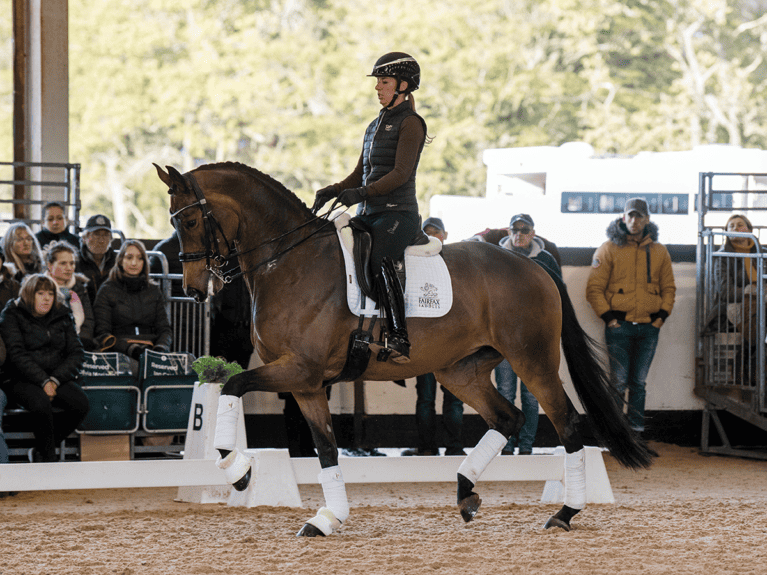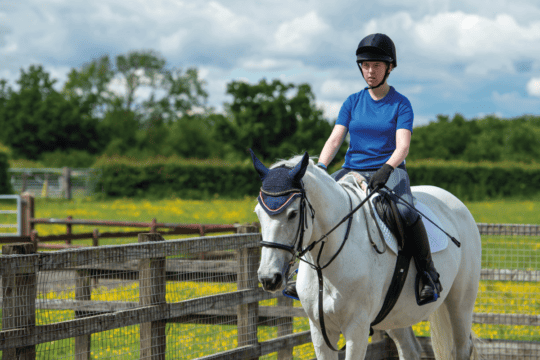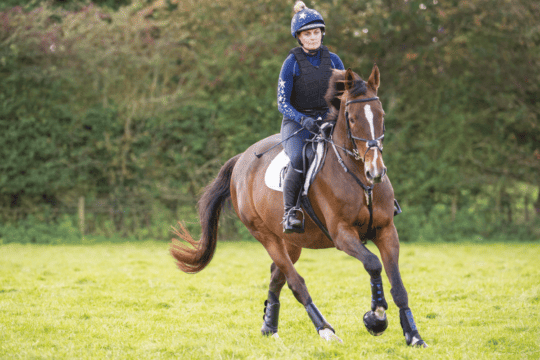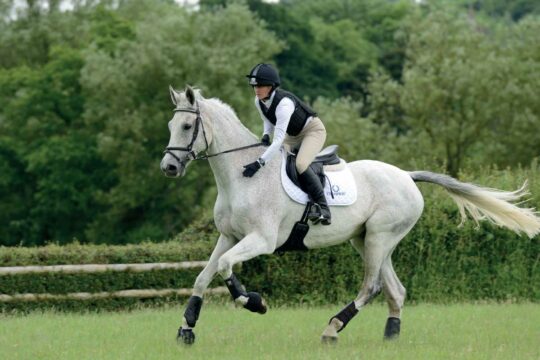Charlotte Dujardin shares some mindset hints to help keep your training on track

Training a horse – whether he’s destined to become the next big star or not – always comes with its ups and downs. But when you’re riding day to day, a lot of the challenges you’ll face will be as a result of your own mentality, which in turn has a huge effect on your physical performance. Learning to develop a healthy mindset’s so important when dealing with such intuitive, sensitive animals, and doing so is something that takes a lot of practice, patience and understanding.
Over my many years coaching lots of types of rider, and when overcoming mental challenges of my own, I’ve learnt a thing or two about how to reset your mindset so you can get the very best out of your horse. Here are my five top tips for keeping a level head throughout your training journey.
TOP TIP
Don’t let everything go when you give your horse a breather. Make sure you ride a quality transition to walk and let out your reins gradually, ensuring he’s stretching correctly and remains marching forward.
1. Take the good with the bad
There’ll always be days when a session doesn’t quite go to plan. I know that a great ride can make you feel on top of the world, while a bad one can ruin your whole day. However, it’s important to remember that horses aren’t robots – they feel differently day to day, just like we do. So, the key is to accept that bad days inevitably happen – for you and your horse – and recognise when it’s better to cut your losses and end the session, especially if your patience is starting to run short. Success isn’t always an uphill struggle, but it’s important to recognise that it can be and set your expectations accordingly.
TOP TIP
Even though working with someone else is a great way to improve, it’s also important not to become reliant on outside support. You need to know how to deal with a situation on your own, as there’ll be nobody there to help you in the competition arena.
2. Hold yourself accountable
Was that halt good enough? Yes? Great. No? Try again. Don’t accept something if, in your eyes, you could’ve ridden it better – be that a transition, halt or centre line. Improvement’s about being disciplined with yourself and consistent with your horse – aim for everything to be good.
When you’re riding by yourself and don’t have someone on hand to remind you, it can be easy to let a few things slip. This is why setting standards and sticking to them is vital.
3. Your one and only
I really empathise with single-horse owners because I know how frustrating it can feel when a session goes poorly and that’s your only ride of the day, or week. I’m lucky enough to have 10–12 horses to ride a day, so if one of them isn’t feeling it, I have another to cheer me up! When you’re reliant on one horse it can feel like the end of the world if something goes wrong, but you just need to employ some extra patience and self-belief and motivate yourself to take a breath, walk away, and try again another day.
4. Eyes on the ground
Working with a trainer is a vital part of success, but it can be just as useful to have a trusted, experienced friend to watch you ride and give you feedback. That’s why Carl and I work as such a dream team, because we train as a partnership all the time, critiquing and advising each other. It’s important to get the right person – someone who’ll be constructive but encouraging – and avoid those who’ll be too negative in their approach and cause you to start doubting yourself.
5. Stick to a schedule
Creating a weekly training plan and sticking to it is something I find really helpful – because I know it works. My horses all have the same schedule week in, week out, and that way I can ensure they’re getting enough breaks and enough consistent schooling. I’m also able to tailor their routine to suit any upcoming competitions, so we can be as prepared as possible.













